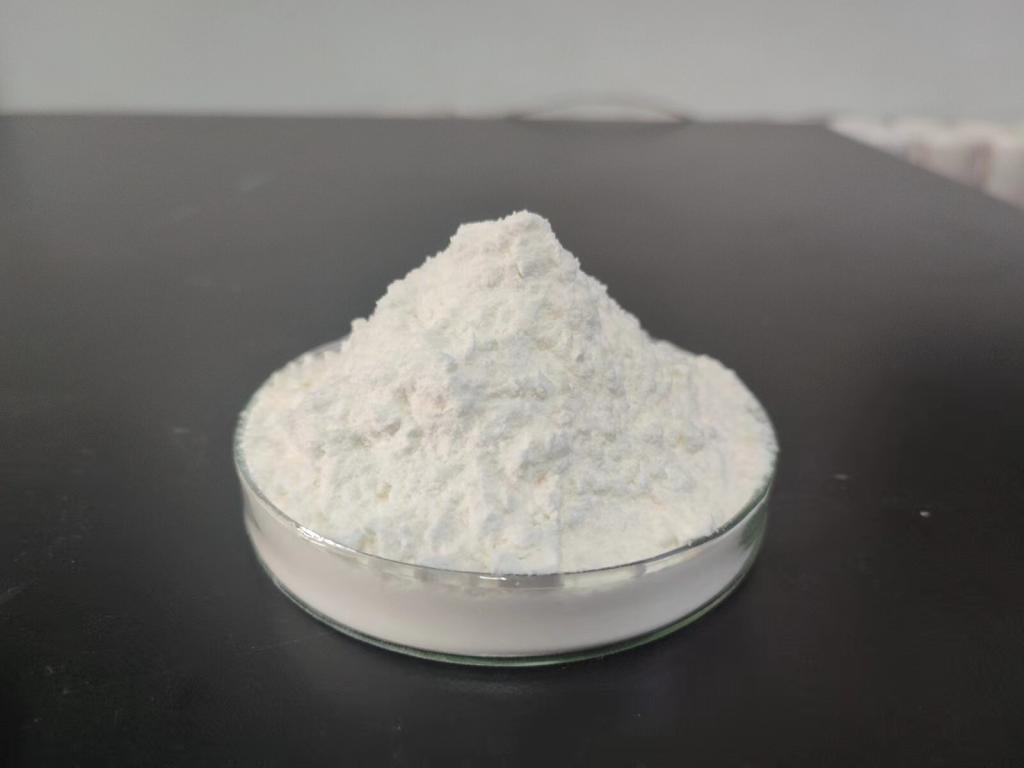Tel:+8618231198596

News
 CONTACT
CONTACT
 CONTACT
CONTACT
- Linkman:Linda Yao
- Tel: +8618231198596
- Email:linda.yao@dcpharma.cn
- Linkman:CHARLES.WANG
- Department:Overseas
- Tel: 0086 0311-85537378 0086 0311-85539701
News
ε-Polylysine Hydrochloride in School Lunch Programs: Prioritizing Safety and Nutrition
TIME:2023-12-27
1. Understanding ε-Polylysine Hydrochloride:
ε-Polylysine Hydrochloride is a natural antimicrobial agent derived from bacterial fermentation, specifically the bacterium Streptomyces albulus. It is known for its ability to inhibit the growth of various microorganisms, including bacteria and fungi. Before exploring its applications in school lunch programs, it is essential to understand the characteristics that make ε-Polylysine Hydrochloride a potential candidate for enhancing food safety:
a. Antimicrobial Properties: ε-Polylysine Hydrochloride exhibits strong antimicrobial activity, preventing the growth of spoilage microorganisms and pathogens in food products.
b. Safe for Consumption: Extensive studies have demonstrated the safety of ε-Polylysine Hydrochloride for human consumption, making it suitable for use in food products.
c. Stability and Heat Resistance: ε-Polylysine Hydrochloride is stable under various processing conditions, including heat treatments involved in cooking and food manufacturing.
2. The Need for Food Safety in School Lunch Programs:
Ensuring food safety in school lunch programs is critical for several reasons:
a. Children's Vulnerability: Children, especially younger students, are more susceptible to foodborne illnesses. Safe food practices are crucial to protect their health.
b. Public Health Concerns: Outbreaks of foodborne illnesses in school settings can have broader public health implications, affecting students, families, and communities.
c. Operational Continuity: Maintaining food safety standards is essential for the smooth operation of school lunch programs, ensuring uninterrupted meal service.
3. Potential Benefits of ε-Polylysine Hydrochloride in School Lunch Programs:
Integrating ε-Polylysine Hydrochloride into school lunch programs can offer several potential benefits:
a. Extended Shelf Life: The antimicrobial properties of ε-Polylysine Hydrochloride can help extend the shelf life of perishable food items, reducing food waste and lowering costs.
b. Reduced Pathogen Risk: By inhibiting the growth of pathogens, ε-Polylysine Hydrochloride contributes to a safer food environment, reducing the risk of foodborne illnesses among students.
c. Enhanced Nutritional Preservation: The use of ε-Polylysine Hydrochloride may contribute to preserving the nutritional quality of school lunches, ensuring that students receive meals with optimal nutritional content.
4. Considerations in Implementation:
While ε-Polylysine Hydrochloride offers potential benefits, its implementation in school lunch programs requires careful consideration:
a. Regulatory Compliance: Meeting regulatory standards for food additives is paramount. Rigorous testing and compliance with food safety regulations are essential for the approval of ε-Polylysine Hydrochloride in school lunches.
b. Allergen and Dietary Considerations: Assessing potential allergenicity and considering dietary restrictions is crucial, as some students may have allergies or dietary preferences that need to be taken into account.
c. Transparent Communication: Transparent communication with parents, school staff, and students is essential. Providing information about the use of ε-Polylysine Hydrochloride, its safety, and its role in food safety can help build trust.
5. Addressing Concerns and Misconceptions:
The introduction of any food additive may raise concerns and misconceptions. Addressing these concerns is essential:
a. Safety Assurance: Emphasizing the extensive safety testing and regulatory approval of ε-Polylysine Hydrochloride to assure parents and stakeholders of its safety for consumption.
b. Educational Initiatives: Implementing educational initiatives to inform parents, students, and school staff about the role of ε-Polylysine Hydrochloride in food safety and its benefits.
c. Open Dialogue: Encouraging an open dialogue with the school community to address concerns, answer questions, and gather feedback on the implementation of ε-Polylysine Hydrochloride.
6. Future Directions and Collaborations:
The future integration of ε-Polylysine Hydrochloride in school lunch programs can benefit from ongoing research and collaborations:
a. Research on Nutritional Impact: Further research on the potential impact of ε-Polylysine Hydrochloride on the nutritional content of school lunches and its implications for the health of students.
b. Collaboration with Health Authorities: Collaborating with health authorities to ensure alignment with nutritional guidelines and recommendations for school meals.
c. Exploration of Alternative Antimicrobials: Exploring alternative natural antimicrobials and preservatives to provide a range of options for school lunch programs.
Conclusion:
The integration of ε-Polylysine Hydrochloride into school lunch programs holds promise for enhancing food safety, reducing waste, and preserving the nutritional quality of meals. However, successful implementation requires a careful balance between the potential benefits and addressing concerns related to safety, regulations, and communication. By prioritizing safety and nutrition, school lunch programs can leverage the antimicrobial properties of ε-Polylysine Hydrochloride to create a safer and more resilient food environment for students. As we navigate the complexities of providing nutritious and safe meals in school settings, ε-Polylysine Hydrochloride emerges as a potential tool in the pursuit of healthier and more secure school lunch programs.
- Tel:+8618231198596
- Whatsapp:18231198596
- Chat With Skype







